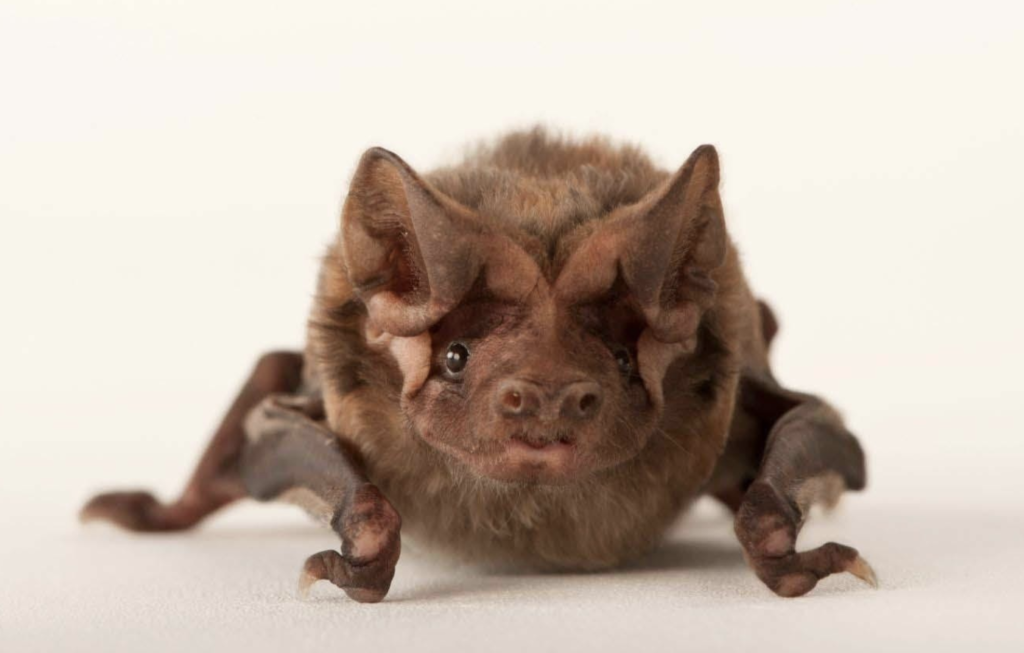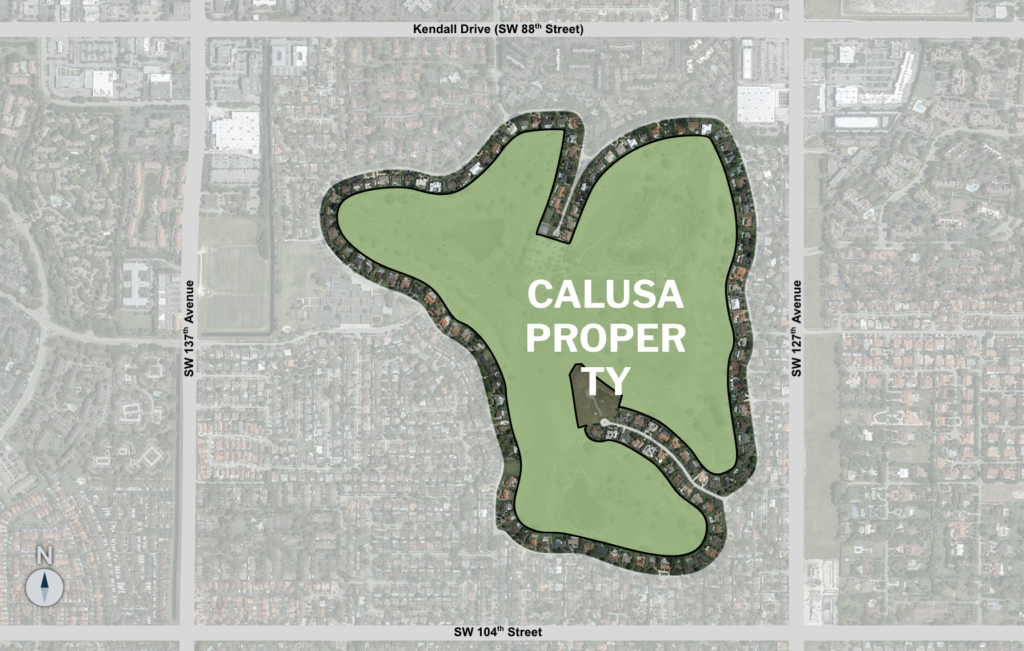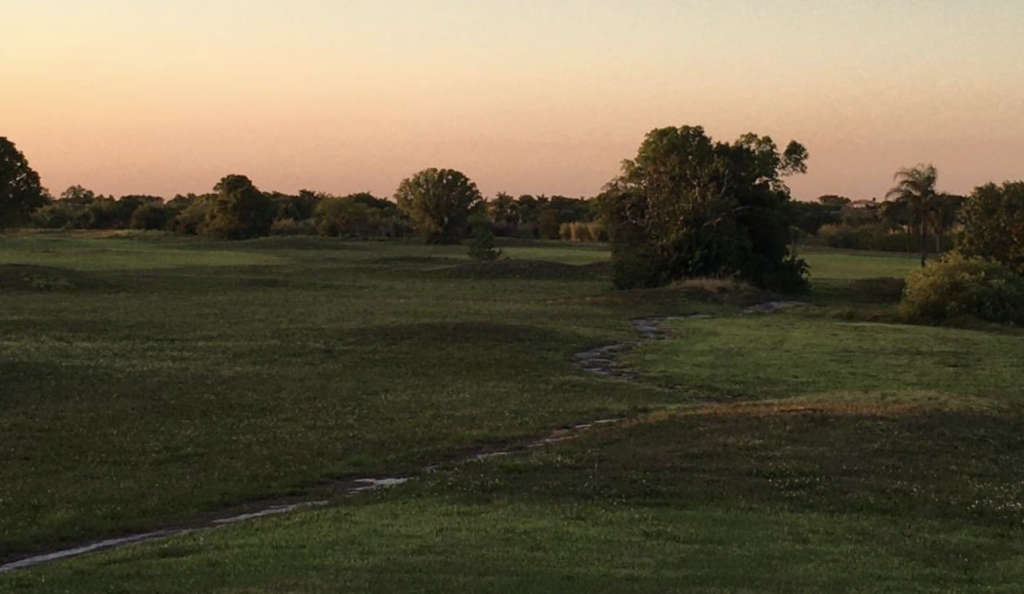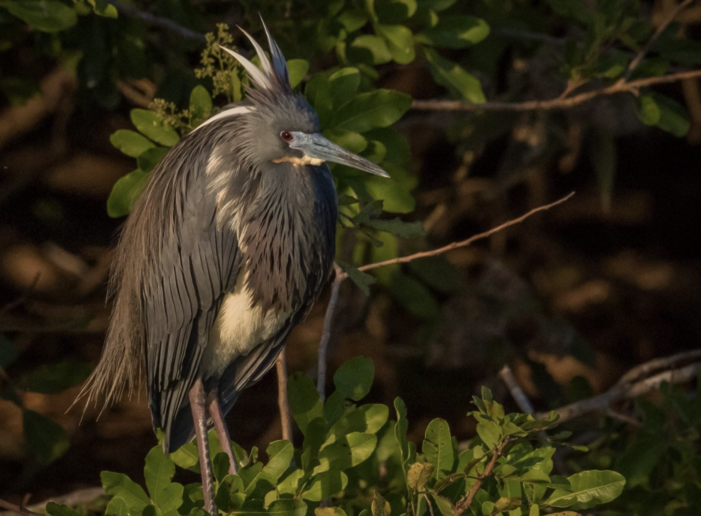Miami-Dade Commissioners get blue in the face talking about green space. Blah, blah, blah. Now they have a real opportunity to put our money where their mouth is.
A unique and organic 168-acre little piece of nature, smack dab in the middle of Kendall, is home to some of the state’s signature and threatened wading birds as well as the federally endangered Florida bonneted bat. It is an amazing, magical, special, natural realm, where nearby residents have also spotted a mama fox and her babies, a Gopher tortoise and a bald eagle.
There is no place like it in the world.
And, of course, developers want to raze the rookery, or nesting grounds, remove about 156 native trees, fill in the lakes these birds live off of, and build 550 homes there. They’ve presented misleading environmental studies for the zoning hearing on Wednesday and are already engaging in activity to disrupt the wildlife.
That the county commission could even consider changing the zoning of this property from park and recreation space to planned area development (PAD), allowing 3.25 units per acre, is a travesty. They should flatly deny it, then use eminent domain to buy the land from the developers at cost and leave it the hell alone. Nobody has paid any attention to that property for years — hoping the demolition by neglect effect would help pave their project along.
Read related: Calusa golf course covenant to be killed for massive Kendall development
Instead, the absence of human interference gave birth to this natural preserve that is like a mini Everglades in our backyard. Literally in the back yard of Calusa residents, most of whom oppose the development.






“We don’t have anything like this in Miami-Dade outside of the Everglades and the coast, maybe,” said Amanda Prieto, who lives across from the ring owners and is a leader of the Save Calusa homeowners group.
Residents have been fighting this for years. At one time, not so long ago, almost all the Calusa residents were united, standing side-by-side at zoning hearings and in courtrooms to stop any proposed large scale development on their piece of paradise and defend the covenant which required the golf course remain a golf course for 99 years.
Then, the homeowners around the ring — who could release the covenant if 75% of them agreed — were offered $50,000 to do so. They balked. And owner Facundo Bacardi, of the famous, Cuban rum-producing family, sued them. He lost the court battle in 2016 and then offered the homeowners a much bigger payoff — between $200,000 and $300,000 each — in a secret settlement. That got him the 75% of the homeowners around the perimeter.
The other homeowners who don’t live along the rim of the golf course feel like they’ve been stabbed in the back. Neighbor turned against neighbor. Longtime friends don’t speak to each other. It’s been an ugly fight.
Last October, the commission released the property owner from the covenant. A few months after the covenant was released, Bacardi sold a share of the property he bought for $2.7 million in 2003 to GL Homes in February for $32 million, according to the Miami-Dade property appraiser. Certainly, if the county approves a zoning change, that property could be sold again for $100 million or more.
Read related: Calusa golf course controversy shows “covenants” are crap
That is why the developers are taking great steps to hide the fact that the golf course has become a breeding ground for threatened animals.
A “bonneted bat cavity tree and roost survey” was conducted last December. Surveyors walked the 168 acres with binoculars and only identified seven cavity trees on site, which were inspected using a wireless camera on a stick. Two abandoned buildings from the former golf club were also inspected. And the developer says “No Florida bonneted bats or sign of bonneted bats (i.e. roosting areas, guano, etc) were found.”
Many Calusa residents scoff. They can see the bats at sunset as they fly off in search of food. They hear the bat. And the study looked at 7 of 580 trees. Not an exhaustive effort by any means. It’s intentionally lacking.

Developers are in a hurry to push this through. They know that if the U.S. Fish and Wildlife Service comes in and deems it a “critical habitat” for this endangered bat, the project grinds to a full stop and the area is protected. That is almost certainly why they have already started to disturb the environment — mowing the lawn and trimming foliage unnecessarily — and could get a permit to remove trees before another study can be done.
Watch here, on the Save Calusa Facebook page, as egrets dodge a large ride-on mowing machine that is just rolling almost right over them. Dangerously close. This needs to be stopped before the developers can do more damage.
At least the Florida Fish and Wildlife Conservation Commission has added the state-threatened tricolored heron nesting colony in the Calusa rookery to their Wading Bird Guidelines map as a recent wading bird colony (for the 2021 breeding season). This proves that these are delicate nesting grounds.
Prieto says the developers had a community meeting on Zoom — but no homeowners were allowed to speak or ask questions. “It was a flashy sales presentation,” Prieto said.
Probably the same one commissioners will get Wednesday.
Almost 3,000 people have signed a petition on change.org to save Calusa. The Calusa Point and Winston Park homeowners associations, as well as the Kendall Federation of Homeowner Associations, have submitted letters protesting the proposed project. Many of residents have already been to County Hall to protest the removal of the covenant. They’ve had neighborhood protests and caravans to bring attention to their fight.
Opposing Calusa homeowners haven’t been able to meet with their commissioner, Raquel Regalado, or other commissioners because of the Jennings Rule, which is named after a 1991 local appeals court ruling that all ex parte communications (outside of the public hearing) with elected officials in zoning matters are prohibited. But she could have a town hall “in the sunshine” like she did with Key Biscayne residents who are concerned about the Rickenbacker RFP. Given more time.
Prieto loves the idea: “Residents have been begging the county to hear and address our concerns.”
Attorney David Winker, representing the majority of Calusa homeowners who don’t want the development, has asked Commission Chairman Jose “Pepe” Diaz and Regalado to defer the item until more studies can be done.
Winker said the county’s Division of Environmental Resources Management stated in a memo Oct 7 that the applicant’s “environmental assessment report does not include wildlife utilization of the property, ” which is required. The DERM memo says the environmental studies submitted by the developer “document that two species listed as state threatened by the Florida Fish and Wildlife Conservation Commission were observed on site, the little blue heron (Egretta caerulea) and the tri-colored heron (Egretta tricolor). The reports do not indicate how these species were utilizing the site.”

The attorney also noted that both site visits by the environmental consultant, on Dec. 9 of last year and Sept. 21, were outside the FWC’s recommended “wading bird survey period” for South Florida (which, by the way, is March through August).
That is not a coincidence. If you don’t want to find things, have crappy methods.
Documentation of the tricolored heron’s nesting was provided by Calusa residents to the state, not by the owner, not by the developer or the environmental consultant, who did the survey off season.
“We got lucky and we caught a threatened bird nesting and with its babies,” Prieto said, adding that two of the opposing homeowners have sight of the rookery from their back yards. “We did what we could. We don’t know what else could be there. There could be burrowing owls for all we know.

“This is the last chance to accurately survey the property for wildlife utilization, and it needs to be done following recommended protocols with guidance and consultation from Fish and Wildlife.”
Winker said the developer may claim that there are property rights. “But this isn’t a family wanting to build something. This is speculators making tens of million with a stroke of the pen by the commission.
“This is a money grab.”
Last month, Prieto emailed Christine Velasquez, DERM’s assistant chief for code coordination and environmental initiatives, to report the inclusion of the Calusa rookery on the FWC map. “This information is not included in the most recent DERM memo dated Oct. 7 or the County Staff Recommendations or the application. In fact, the recommendations inaccurately state: “No rookeries were identified, and accordingly it appears that the species use the property for foraging and feeding.”
So does this mean that the county is just taking the word of the developers without doing their own environmental investigation? What’s wrong with that picture?




